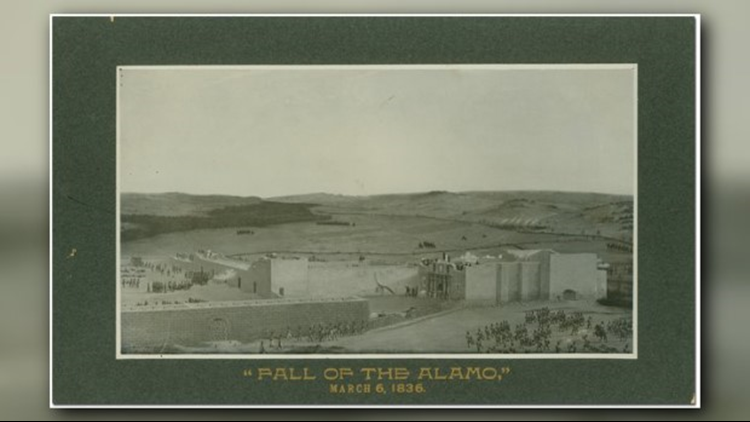TYLER, Texas — While Commander William B. Travis issued other missives from the Alamo, the letter signed "Victory or Death" and dated February 24, 1836, is the one that has come to be known simply as "The Travis Letter."
At the Alamo in San Antonio, then called Bexar, 150 Texas rebels led by Travis made their stand against Santa Anna's vastly superior Mexican army. On the second day of the siege, February 24, 1836, Travis called for reinforcements with this heroic message. But little help came. Santa Anna's troops broke through on March 6. All of the defenders of the Alamo died.
This historic letter was carried from the Alamo by 30-year-old Captain Albert Martin of Gonzales, a native of Rhode Island. On the afternoon of the February 25, Martin passed the dispatch to Lancelot Smither, who had arrived from the Alamo the day before with an estimate of Mexican troop strength. Both Martin and Smither added notes to Travis's letter.
That evening, fighting an icy wind, Smither departed for San Felipe. In less than 40 hours he delivered the appeal to the citizens' committee in that town. Several copies were made, and transcripts of the letter began to appear in newspapers as early as March 2.
To see a transcript of the letter, click here.



